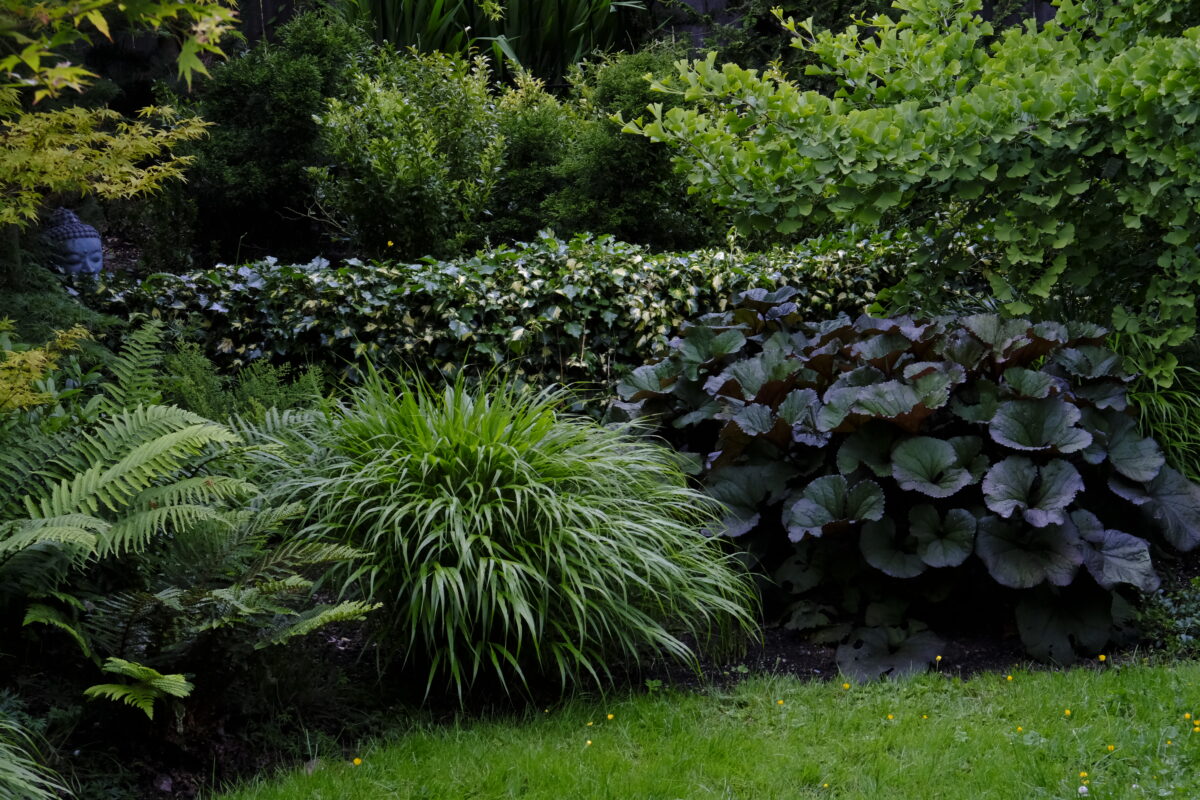When I was teaching classes in literary structure, one of the things I looked at was the idea that seasonal and solar flux impacted literature whether writers intended it to or not. If one stood back a little from the narrative, one could sense the structure of images on which the narrative depended. Each of the seasons, then, provided a kind of objective correlative for abstractions like the feelings and inner nature of characters.
At its simplest, villains were always dark, heroes always blue-eyed and blond. At its most complex, the story produced a rain of images that gave it its strength, its universality.
Okay, if that idea has merit, I should be able to see it in what I write myself. And when I look at my first novel, The Fraud Murders, sure enough, colouration definitely comes from the setting. The first time Harry runs into trouble, it happens in an alley. When he’s beaten up, it happens in an alley. Both places are negative in nature, dirty, littered, filled with the detritus of elicit love. The centre of the book, the war in Chinatown where darkness and death are concentrated, also happens in an alley, and the description is definitely an objective correlative for the mass of emotions flooding the place.
Sometimes the settings are subtle, sometimes more blatant, but I’m convinced the idea of seasonal and solar flux has merit. I suspect many of our social institutions stem from the same source: erecting a green tree with lights on it in the depths of winter at the darkest time of the year, holding weddings in June, putting parks, green spaces in the cities, on land that is immensely valuable. All these things stem from the link between our imaginations and the cyclic world around us: spring into summer, morning into afternoon, then evening and night, only to have the sun reborn each morning.
No wonder our central myths contain images of death and rebirth, wasteland and garden. The dark has always made us uneasy; it robs us of knowledge because we can’t see. Even though there is nothing to fear, the dark echoes our uneasiness and becomes a material representation of how we feel.
Storms have been used forever to symbolize violence of one sort or another, sometimes foreshadowing, sometimes part of the action. And the juxtaposition of garden and wasteland, so central to our biblical myth, seems to be a part of every city I’ve ever been in.
So maybe we should read that way, a little deeper than simple narrative. Let the images and symbols work, be more conscious of them. Wouldn’t that make the experience richer?


2 replies on “Cyclic Theory”
I’ve been surfing online more than three hours today, yet I
never found any interesting article like yours.
It’s pretty worth enough for me. In my view, if all webmasters and bloggers made
good content as you did, the net will be much more useful than ever before.
I’m using Namecheap. They’re good.